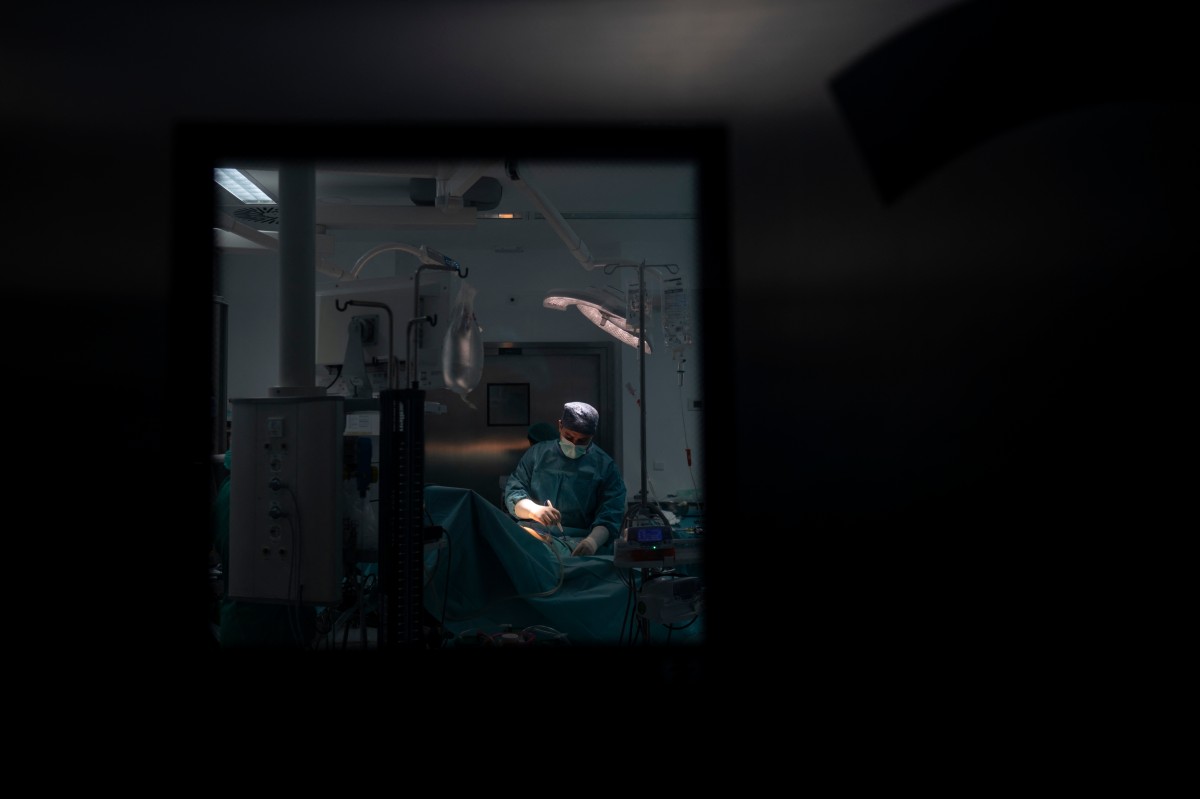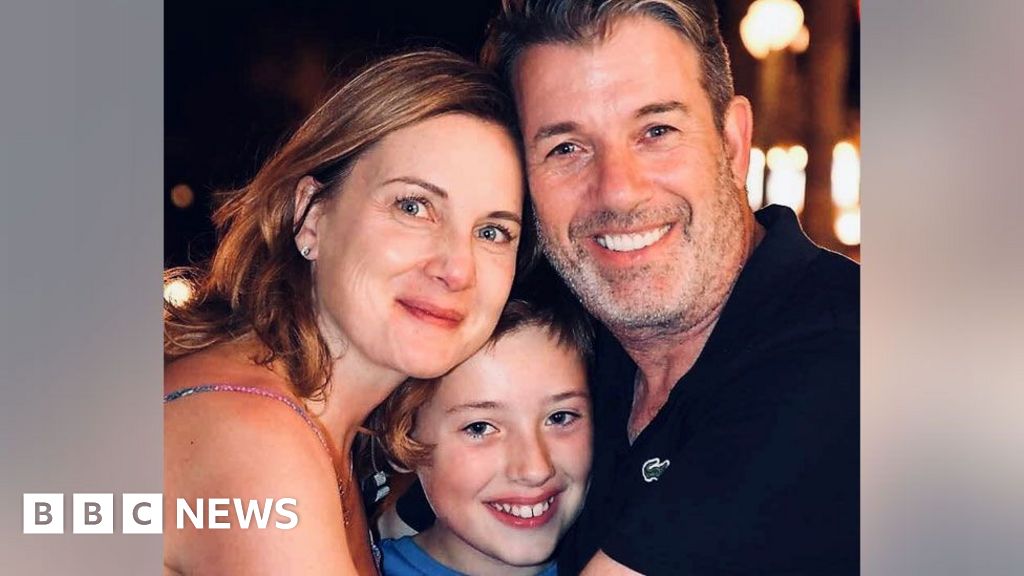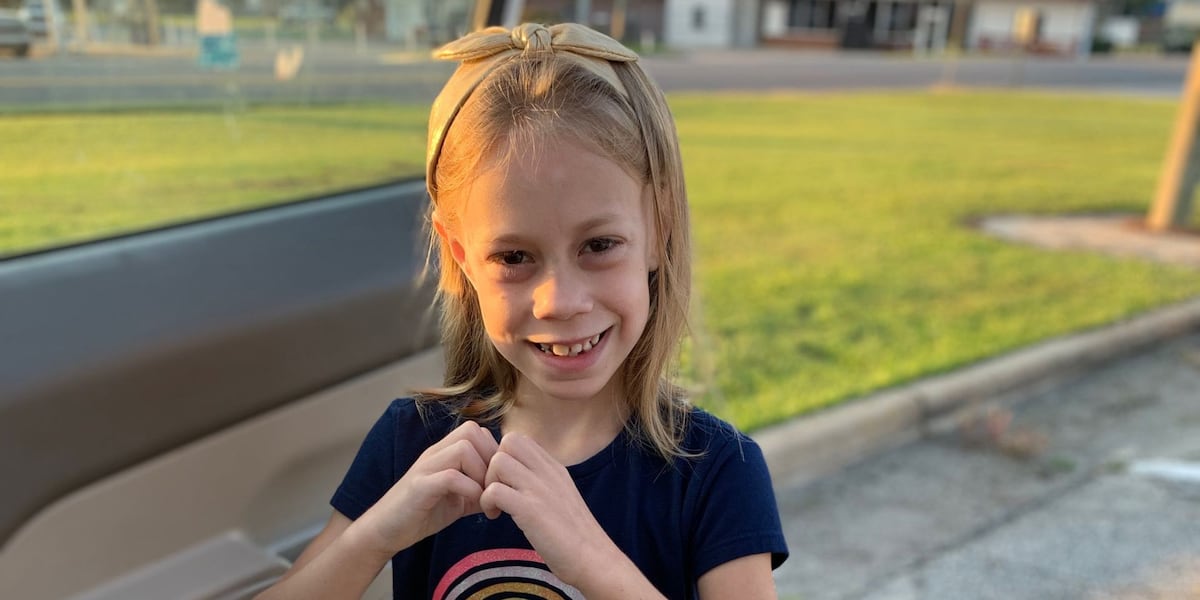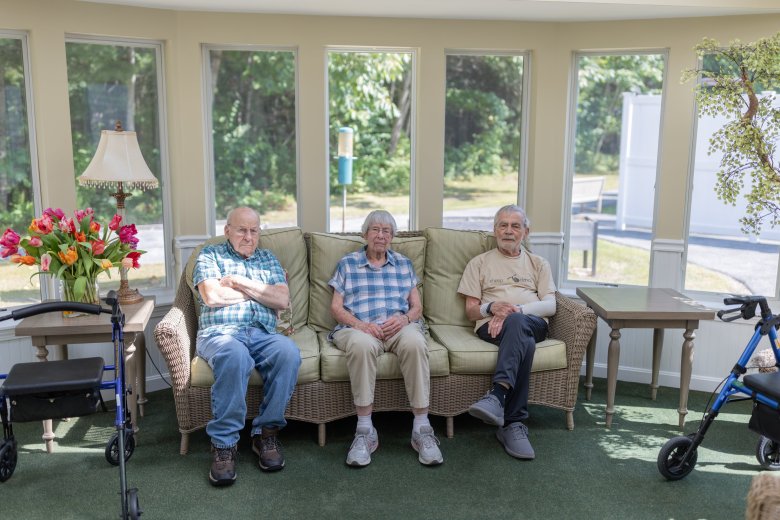Ministry of health and welfare

– Donation registration points expanding to community service centers, driver’s license agencies, and National Health Insurance Service branches –
– Plans to introduce a legal framework for organ donation after circulatory death following the withdrawal of life-sustaining treatment –
The Ministry of Health and Welfare (MOHW, Minister Jeong Eun Kyeong) announced on Thursday, October 16, that it has finalized the First Comprehensive Plan for Organ Donation and Transplantation (2026–2030) following a review by the Organ Transplant Ethics Committee.
The plan was developed after the Organ Transplant Act was amended in June 2023—legislation that took effect this year—establishing the legal basis for formulating a comprehensive national plan. The process drew on diverse input from a wide range of stakeholders, including research conducted by the Korean Society for Transplantation, a policy forum (July 2024), a public hearing (November 2024), and deliberations by the Organ Transplant Ethics Committee* between 2024 and 2025.
* The committee reviews key issues related to organ procurement, transplantation, brain death determination, and the formulation of comprehensive plans
Organ donation typically begins when a patient is identified as being in a state of suspected brain death. A coordinator from the Korea Organ Donation Agency (KODA)—the nation’s designated organ procurement organization—visits the hospital to explain the donation procedures to the family. If the family consents to this noble decision, the process proceeds with brain death determination (conducted by a certified medical institution), recipient selection (coordinated by the Korean Network for Organ Sharing, KONOS), and, following the official declaration of death, organ procurement and transplantation carried out at a designated transplant hospital.
In particular, KONOS serves as the central authority for life-sharing initiatives, overseeing recipient selection, donor registry management, public awareness and education campaigns, and blood safety, thereby playing a pivotal role in the national organ donation system.
Due to population aging and advances in medical technology, the number of patients awaiting organ transplantation continues to rise each year. However, transplants from brain-dead donors—currently the only form of deceased organ donation other than living donor transplants between family members or acquaintances—have plateaued*, resulting in an average waiting time of seven years and nine months for a kidney transplant. This comprehensive plan is significant as Korea’s first national strategy to address the severe supply-demand imbalance in organ donation and transplantation, encompassing the entire process from donation to transplantation.
* Number of brain-dead donors: (2022) 405 → (2023) 483 → (2024) 397
The new plan focuses on three key priorities: (1) substantially expanding donor registration agencies* from the private to the public sector to increase donor enrollment for the next five years; (2) introducing a legal framework for organ donation after circulatory death (DCD) following the discontinuation of life-sustaining treatment—already widely adopted in advanced transplant systems—to broaden donation opportunities; and (3) thoughtfully enhancing recognition of, and support for, donors.
* Refers to organizations authorized to register an individual’s intent to donate organs after death while they are still alive. Even if an individual has registered as a donor, the donation can proceed only with the consent of their family at the time of death
Specifically, under the vision of “Enhancing Public Health through Life Sharing,” the plan sets out five main policy directions along with twelve detailed initiatives: (1) honoring the spirit of life sharing and fostering a culture of donation; (2) strengthening support and management systems for medical institutions; (3) expanding donation pathways, including DCD; (4) improving the human tissue supply system; and (5) enhancing research support and governance.
The highlights of the First Comprehensive Plan are as follows:
1. Honoring the Spirit of Life Sharing and Fostering a Culture of Donation
Among East Asian countries influenced by Confucian culture, Korea has a relatively high rate of organ donation—reflecting the nation’s strong spirit of life sharing as demonstrated by its widespread blood donation culture.* However, unlike blood donation, organ and tissue donation takes place after death, and many people remain hesitant due to fear or uncertainty. The government therefore plans to focus on raising public awareness.
* Number of organ donors per million population (2024): Korea 7.75, Taiwan 5.77, Japan 1.13, Spain 53.93
(Source: International Registry in Organ Donation and Transplantation, as of September 16, 2025)
Currently, the government operates various recognition programs for donors and their families, including funeral assistance, discounts on cremation and enshrinement fees, commemorative ceremonies for brain-dead donors, and peer support gatherings for bereaved families. Building on these efforts, it plans to further enhance both emotional and practical support by installing “Walls of Remembrance” (donor recognition plaques) in major transplant hospitals and local government buildings, presenting plaques of appreciation for families to display at home or in enshrinement halls, and expanding commemorative events to honor donors.
In addition, current donor registration and public awareness programs—which are primarily led by private organizations—will be significantly expanded to include public institutions such as the National Health Insurance Service and ID-issuing agencies (community service centers and Korea Road Traffic Authority branches), thereby improving public accessibility.
* The number of donor registration agencies, currently 462 (about two per city, county, or district), will be expanded to more than 904 (about four per city, county, or district) by 2030
2. Strengthening Support and Management Systems for Medical Institutions
Although Korea’s medical professionals are among the best in the world, organ transplant centers continue to face chronic workforce shortages and heavy workloads. When a potential brain-dead donor is identified after neurologists or neurosurgeons have done their utmost but determined that recovery of brain function is impossible, hospitals will be able to promptly notify KODA, a public institution that supports organ donation and transplantation, directly through their electronic medical record (EMR) system rather than by phone or text. The plan also calls for enhancing support and management systems for medical institutions by ensuring that KODA coordinators can be dispatched at the appropriate time to assist with donor counseling and funeral support.
3. Expanding Donation Pathways, Including DCD
In many countries, organ donation after circulatory death (DCD) following the withdrawal of life-sustaining treatment has become a common practice, accounting for nearly half of all deceased organ donations, excluding living donors. However, Korea still relies heavily on donations from brain-dead donors, creating a significant supply limitation. To help address this imbalance, DCD—already implemented in leading countries such as the United States and the United Kingdom—will be introduced in Korea under this comprehensive plan.
DCD applies to patients who wish to both withdraw life-sustaining treatment and donate their organs. Its introduction will require amendments to the Organ Transplant Act and the Act on Hospice and Palliative Care and Decisions on Life-Sustaining Treatment for Patients at the End of Life. The plan also includes establishing surgical infrastructure to enable organ procurement and transplantation immediately after death and considering the introduction of advanced medical technologies such as extracorporeal perfusion devices.
4. Improving the Human Tissue Supply System
The imbalance between the supply and demand of human tissues is even more severe than that for organs. Each year, only about 150 deceased or brain-dead individuals donate human tissues in Korea. With the Korea Public Tissue Bank managing most domestic donations, the current supply is insufficient to meet clinical needs—for example, for burn patients, cancer survivors requiring reconstructive surgery (such as breast reconstruction following mastectomy), and victims of blast injuries. As a result, over 80% of the human tissues used in Korea are imported from foreign donors. Currently, only about 20% of brain-dead organ donors also donate tissues, and the closure of hospital-based tissue banks due to operational challenges has further reduced domestic supply. To address this, the government plans to strengthen public awareness and promotion of tissue donation and improve support systems for hospital-based tissue banks.
5. Enhancing Research Support and Governance
The government will strengthen research support infrastructure to ensure that data from hospitals on organ donation and transplantation, long-term cohort studies conducted by the Korea Disease Control and Prevention Agency, and health insurance data can be integrated and utilized effectively for research in the field of organ donation and transplantation.
To support more evidence-based policy decisions in this highly specialized field, governance will also be strengthened to facilitate active discussion and coordination among the medical community, academia, and relevant government agencies.
Minister of Health and Welfare Jeong Eun Kyeong stated, “We extend our deepest gratitude to the donors and their families who made the noble decision to donate organs and human tissues at the end of life. The government will continue to improve the donation system based on national consensus and remain committed to promoting organ donation.”
Individuals aged 16 or older may register their intent to become organ donors through the Korean Network for Organ Sharing (KONOS) website (www.konos.go.kr) after identity verification, or by visiting one of the donor registration agencies listed on the KONOS website. Donation registration information and application guidelines are also available on the websites of the Love Organ Donation Movement, the Life Sharing Association, KODA, and the One Heart One Body Movement.
– END –
link




